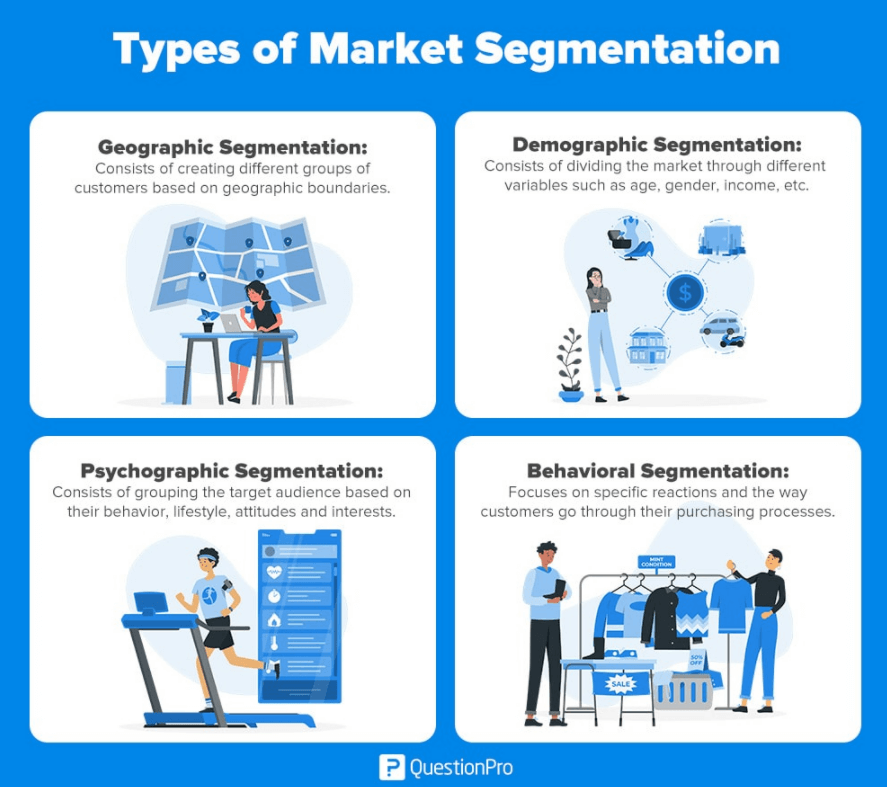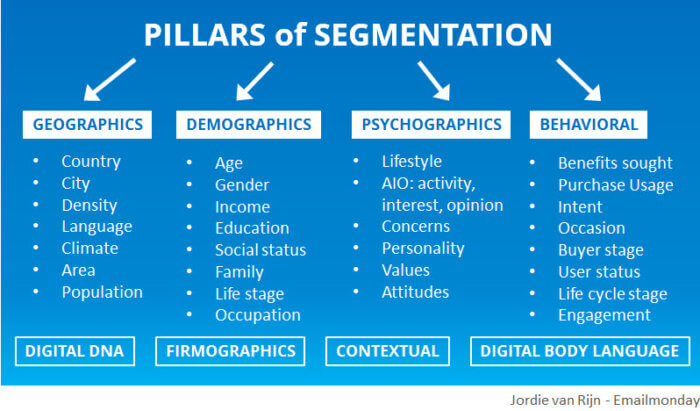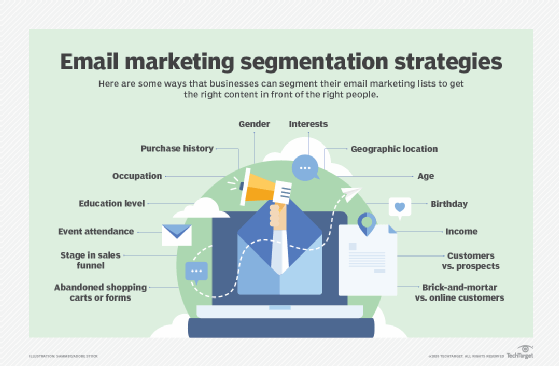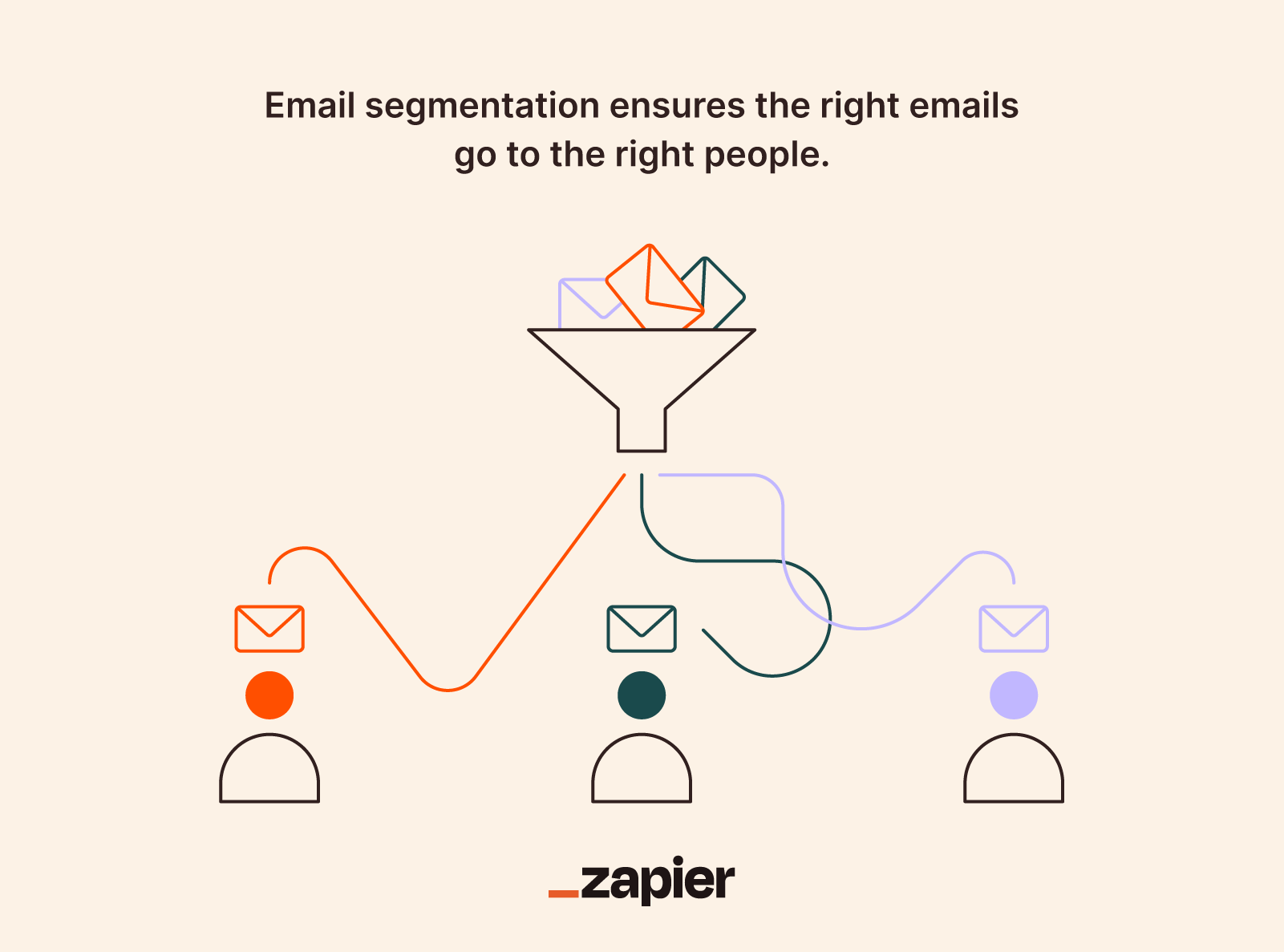Email Marketing Segmentation Techniques
Segmentation is the process of dividing your email list into smaller, targeted groups based on shared characteristics or behaviors. This allows marketers to send more relevant, engaging, and effective campaigns. Here are the most widely used segmentation strategies:
| Segmentation Type | Description & Examples |
|---|---|
| Demographic | Groups based on age, gender, income, education, or location. For example, sending location-specific offers or tailoring content to different age groups. |
| Geographic | Targets subscribers by their physical location. Useful for local events, weather-based promotions, or regional product availability. |
| Psychographic | Focuses on personality, interests, values, and lifestyle. For instance, targeting DIY enthusiasts with project ideas or holistic health fans with natural product offers. |
| Behavioral | Based on user actions: purchase history, email engagement, browsing behavior, cart abandonment. Enables timely, contextually relevant messages like post-purchase follow-ups or cart recovery emails. |
| Lifecycle | Segments customers by their stage in the customer journey: awareness, consideration, conversion, retention, advocacy. Tailors messaging to nurture leads or reward loyal customers. |
| Content Consumption | Groups subscribers by their preferred content topics, formats, or frequency. Adjusts email content and cadence to match individual preferences. |
| Seasonal | Aligns campaigns with seasonal trends, holidays, or annual events. Targets holiday shoppers or adjusts product recommendations based on weather. |
Advanced segmentation can combine multiple criteria (e.g., demographic + behavioral) for hyper-targeted campaigns.
Email Marketing Personalization Techniques
Personalization goes beyond segmentation by tailoring individual messages to the recipient’s unique profile, increasing relevance and engagement. Key techniques include:
- Dynamic Content: Insert personalized product recommendations, names, or location-specific details directly into the email body.
- Personalized Subject Lines: Use the recipient’s name, recent activity, or location to increase open rates.
- Behavior-Triggered Emails: Automate emails based on specific actions, such as welcome series for new subscribers, post-purchase follow-ups, or re-engagement campaigns for inactive users.
- Preference Centers: Allow subscribers to choose their interests, content format, and email frequency, ensuring messages match their preferences.
- Real-Time Data Integration: Use up-to-date behavioral data (e.g., browsing history, cart contents) to deliver timely, relevant offers.
Combining Segmentation and Personalization
The most effective email marketing strategies use both segmentation and personalization. Segmentation organizes your audience into meaningful groups, while personalization tailors the message to the individual within each segment. For example, a travel company might segment by destination interest (psychographic) and then personalize with the recipient’s name, past bookings, and special offers based on their travel history.
“Segmenting your target audience keeps your ideas and campaigns organized, and then personalization gives email campaigns the extra zing to make them truly resonate with each recipient.”
Best Practices
- Collect Accurate Data: Use signup forms, preference centers, and behavioral tracking to gather detailed subscriber information.
- Test and Optimize: Continuously A/B test subject lines, content, and send times to refine your approach.
- Automate Where Possible: Use marketing automation tools to trigger personalized emails based on subscriber behavior.
- Respect Privacy: Always comply with data protection regulations and provide clear opt-out options.
Summary Table: Segmentation vs. Personalization
| Aspect | Segmentation | Personalization |
|---|---|---|
| Focus | Groups with shared traits/behaviors | Individual recipient’s unique profile |
| Example | Sending winter gear offers to cold-climate users | Adding the recipient’s name and recent purchase |
| Tools | CRM, email marketing platforms | Dynamic content, merge tags, automation |
| Outcome | More relevant campaigns for each segment | Higher engagement and conversion per individual |
By strategically combining segmentation and personalization, marketers can deliver highly relevant, engaging, and effective email campaigns that drive better results.





